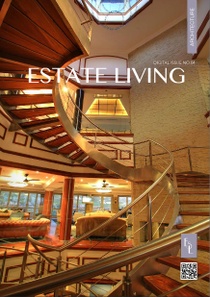News
The Architecture of a Great Course
Previous article:
Helderberg Retirement Estate
Next article:
FLISP – The Missing Money

